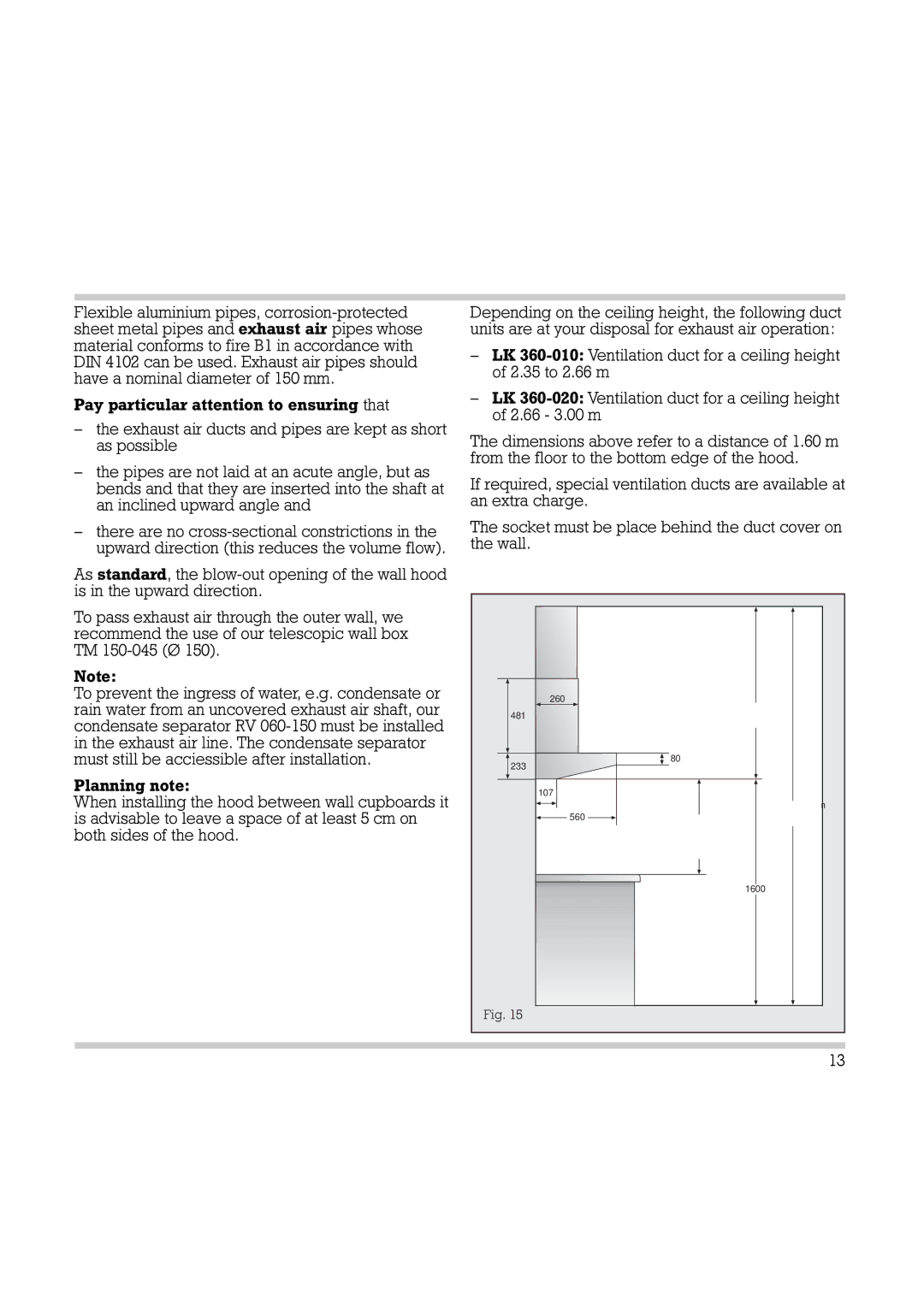AH 360-120 specifications
The Electrolux AH 360-120 is a powerful and versatile vacuum cleaner designed to simplify your cleaning routine and enhance your home care experience. With its elegant design and innovative features, this model stands out as a reliable choice for households looking for efficiency and convenience.One of the main features of the AH 360-120 is its advanced cyclonic suction technology. This technology separates dirt and dust from the airflow, ensuring that the vacuum maintains strong suction power even as the dust container fills up. This not only improves cleaning efficiency but also reduces the need for frequent filter maintenance.
The vacuum is equipped with a high-efficiency particulate air (HEPA) filter, which captures up to 99.97% of dust particles, allergens, and pet dander as small as 0.3 microns. This makes the Electrolux AH 360-120 an excellent choice for households with allergy sufferers or pets, as it significantly improves indoor air quality.
Its lightweight and ergonomic design make it easy to maneuver around the house. Weighing just a few kilograms, the electric vacuum cleaner is easy to carry up and down stairs and can reach tight spaces without hassle. The flexible hose and various attachments, including a crevice tool and upholstery brush, further extend its versatility, allowing users to clean a wide range of surfaces, from carpets to hard floors and furniture.
Another notable characteristic of the AH 360-120 is its quiet operation, making it suitable for use at any time of the day without disturbing family members or neighbors. The model also features a bagless design, which means less hassle and expense associated with buying replacement bags. The transparent dust container allows for easy monitoring of when it needs to be emptied.
Energy efficiency is another key attribute of the Electrolux AH 360-120. This vacuum cleaner is designed to consume less power while still delivering exceptional cleaning performance, making it an environmentally friendly choice.
In summary, the Electrolux AH 360-120 combines innovative technology, robust performance, and user-friendly design to provide an effective solution for modern cleaning needs. Its features, including cyclonic suction, HEPA filtration, and lightweight build, make it an ideal choice for anyone seeking a reliable cleaning companion.

